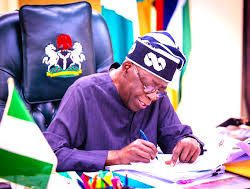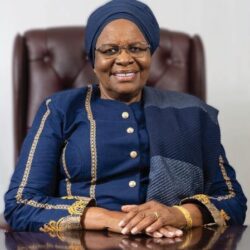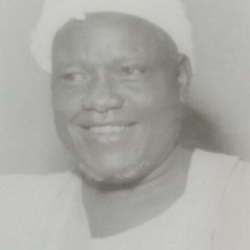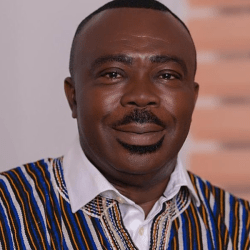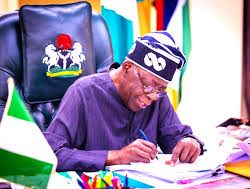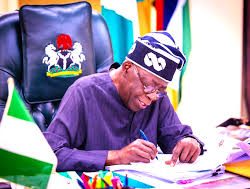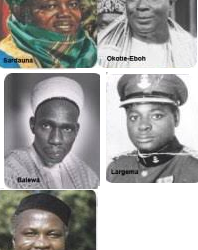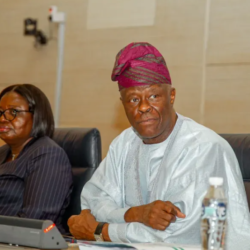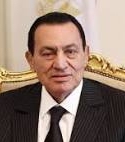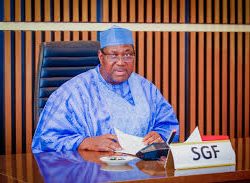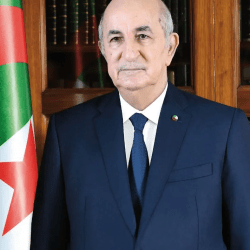The President of Ethiopia is Taye Atske Selassie while the Prime Minister: Dr. Abiy Ahmed. Tagese Chafo is Speaker of the House of People’s Representatives and Temesgen Tiruneh is the Deputy Prime Minister
- President: Taye Atske Selassie
- Prime Minister: Dr. Abiy Ahmed
- Speaker of the House of People’s Representatives: Tagese Chafo
- Deputy Prime Minister of Ethiopia: Temesgen Tiruneh
List of Ethiopia Ministers
The ministries and ministers in Ethiopia are:
- Minister of Foreign Affairs: Gedion Timotheos
- Minister of Defense: Aisha Mohammed Mussa
- Minister of Finance: Ahmed Shide
- Minister of Justice: Hanna Arayaselassie
- Minister of Peace: Mohammed Edris
- Minister of Education : Berhanu Nega
- Minister of Health: Mekdes Daba
- Minister of Innovation and Technology: Belete Molla
- Minister of Transport and Logistics: Alemu Sime
- Minister of Industry : Melaku Alebel
- Minister of Trade and Regional Integration: Kassahun Gofe (PhD)
- Minister of Revenues : Ayenalem Nigusse
- Minister of Planning and Development: Fitsum Assefa
- Minister of Water and Energy: Habtamu Itefa
- Minister of Mines and Petroleum: Habtamu Tegegn
- Minister of Tourism : Selamawit Kassa
- Minister of Agriculture : Girma Amente
- Minister of Irrigation and Lowland Areas Development: Abraham Belay
- Minister of Urban Development and Infrastructure: Chaltu Sani
- Minister of Labour and Skills Development: Muferiat Kamil
- Minister of Women and Social Affairs: Ergoge Tesfaye
- Minister of Culture and Sport: Shewit Shanka
Ethiopia’s Political System: A Multi-Party Federal Democracy
Ethiopia operates under a multi-party federal democracy with a parliamentary system. The government structure consists of three branches: the executive, legislative, and judiciary, with a unique system of ethnic federalism that grants significant autonomy to regional states.
1. Government Structure
Ethiopia’s political system is divided into three main branches:
A. Executive Branch
The executive power in Ethiopia is held by the Prime Minister, who leads the government.
Prime Minister
- The Prime Minister is the head of government and holds the highest executive authority.
- Selected by the ruling party from among the members of the House of People’s Representatives (HPR).
- Responsible for policy-making, governance, security, and foreign relations.
- Oversees federal ministries, law enforcement, and the armed forces.
President
- The President of Ethiopia is the head of state, but their role is largely ceremonial.
- Elected by the House of People’s Representatives for a six-year term.
- Represents Ethiopia in diplomatic functions but does not have executive power.
Council of Ministers
- The Prime Minister appoints ministers who lead various government departments.
- Ministers are accountable to the House of People’s Representatives.
B. Legislative Branch
Ethiopia has a bicameral (two-house) parliamentary system consisting of:
1. House of People’s Representatives (HPR)
- The lower house of Ethiopia’s Parliament.
- Composed of 547 members elected by the people for a five-year term.
- Responsibilities:
- Passes federal laws.
- Approves the national budget.
- Oversees the executive branch.
- Elects the President of Ethiopia.
- Can remove the Prime Minister through a vote of no confidence.
2. House of Federation (HoF)
- The upper house of Parliament.
- Composed of 110 members who are appointed by regional governments.
- Responsibilities:
- Resolves disputes between federal and regional governments.
- Oversees the interpretation of the Ethiopian Constitution.
- Handles ethnic self-governance and secession matters.
C. Judiciary Branch
- The judiciary is independent but works within the framework of Ethiopia’s federal and regional courts.
- Key courts include:
- Federal Supreme Court – The highest court in the country.
- Federal High Court – Handles major criminal and civil cases.
- Regional Courts – Each federal state has its own court system.
2. Federalism and Regional Autonomy
Ethiopia follows an ethnic federalism system, where regions (called regional states) have significant autonomy.
Regional States (Killils)
- Ethiopia is divided into 11 regional states and two chartered cities (Addis Ababa and Dire Dawa).
- Each state is based on ethnic composition and has the right to:
- Self-rule, including its own constitution, flag, and government.
- Manage internal law enforcement and local policies.
- Conduct local elections and establish its own regional parliament.
Right to Secession
- Article 39 of the Ethiopian Constitution allows regional states to secede from the country through a referendum.
- This unique feature is controversial and has been a subject of political debate.
3. Elections and Political Parties
A. Electoral System
- Elections take place every five years at the national and regional levels.
- Ethiopia uses a first-past-the-post system, where the candidate with the most votes wins.
- Elections are overseen by the National Electoral Board of Ethiopia (NEBE).
B. Political Parties
- Ethiopia has a multi-party system, but the ruling party has historically dominated elections.
- Political parties can be registered at two levels:
- National parties – Compete in federal elections.
- Regional parties – Represent ethnic groups in federal states.
C. Challenges in Ethiopian Elections
- Elections in Ethiopia have often been criticized for irregularities, lack of transparency, and opposition suppression.
- Past elections have been marked by political tensions, conflicts, and allegations of fraud.
4. Challenges in Ethiopia’s Political System
While Ethiopia’s federal system aims to promote ethnic self-governance, it faces several challenges:
A. Ethnic Conflicts
- Ethiopia’s ethnic federalism has led to territorial disputes and ethnic violence.
- Some ethnic groups demand greater autonomy, leading to clashes and displacements.
B. Political Instability
- Political tensions between the federal government and regional states sometimes lead to instability.
- Crackdowns on opposition parties and freedom of speech restrictions have raised concerns.

C. Secessionist Movements
- Some regions have expressed a desire for independence due to ethnic tensions.
- The Tigray War (2020-2022) and conflicts in Oromia highlight deep political divisions.

